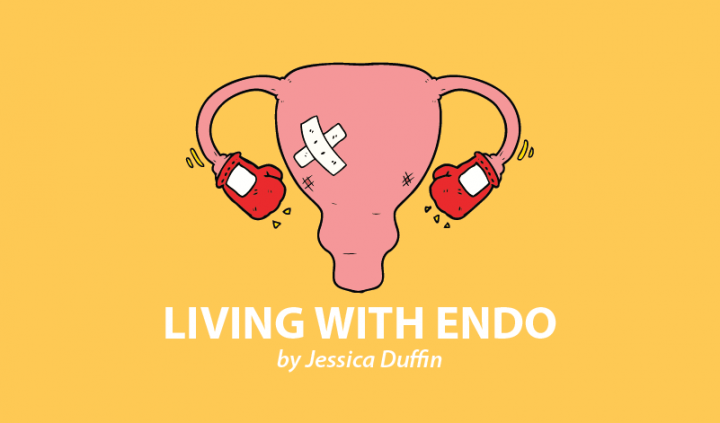So, you have small intestine bacterial overgrowth (SIBO). What now?
Treating SIBO is not always a walk in a park. Fortunately, it is possible to feel well. It may just take some perseverance and patience.
Following are a few things you should know before embarking on treatment.
While one-third of patients do not have chronic SIBO and never develop it again, two-thirds of patients do have chronic SIBO due to an underlying issue that affects their small intestine and results in this buildup of bacteria.
If this is you, it doesn’t mean you’ll always have chronic SIBO, but it is likely you’ll relapse at some point after treatment and will have to investigate and retreat. If the root cause is treatable, great! If the root cause isn’t treatable, there are many things that can be done to improve both the root cause and the SIBO, meaning your symptoms and bacterial growth can be kept at bay.
You can still live a happy and healthy life as a chronic SIBO patient, you just have to focus on maintenance and nipping SIBO in the bud if you notice symptoms worsening again.
Having both endometriosis and SIBO can be overwhelming, but you don’t have to tackle it all at once. Including the prevention stage, which I’ll discuss in future columns, treating SIBO may take several months.
If you’re in agony from your periods or even experiencing daily pelvic pain, you may want to begin with healing some of your most debilitating endometriosis symptoms first so you have the energy, strength, and emotional resilience to take on the SIBO.
In my experience as an endo health coach, treating endometriosis with gut healing protocols and structural work, such as pelvic floor physiotherapy or visceral manipulation, can actually improve your SIBO symptoms and make treatment much easier.
There are three types of SIBO treatment: antibiotics, antimicrobial herbs, and the elemental diet.
In contrast to what many people think, SIBO diets, such as the SIBO Specific Food Guide and the SIBO Bi-Phasic Diet, are not actually treatment options, but are used to reduce symptoms, support treatment, and aid in the post-treatment prevention plan.
There are pros and cons to each treatment. While our values can play a role (for example, a tendency to lean toward conventional medicine over natural options, or vice versa), choosing a treatment also largely depends on how you respond to each one.
Not every treatment will work for you, and you may have to try different options to see what you respond to. Some people do great on antimicrobial herbs, others not so much. Or, perhaps you can tolerate some antimicrobials, but not all of them. Maybe one type of antibiotic works for you, but not another.
While we don’t want to abuse and overuse antibiotics, they play an important role in SIBO treatment and are essential for patients who respond poorly to the other types. There are additional benefits to antibiotics, which may make them the most desirable option for some SIBO patients.
It’s also worth noting that you can mix it up. It’s usually unlikely you’ll be able to completely treat your SIBO with one round of antibiotics or antimicrobials, for example. As a result, this gives you the opportunity to try different treatments and determine which ones you respond better to. This also helps lower the chances of resistance to your treatment options.
The gas levels on your test results determine how many treatment rounds you’ll need. If your test results showed a hydrogen level of 60 parts per million (ppm), then you would likely need two rounds of antibiotics or antimicrobials, or one round of the elemental diet. That’s because, on average, antibiotics and antimicrobials reduce gas levels by 30 ppm, while the elemental diet reduces them by 70 ppm.
This doesn’t mean your SIBO will definitely be gone after that time frame of treatment, but it gives you a guide. What we don’t want to do is treat a case of 117 ppm with only two weeks’ worth of antibiotics!
Finally, it’s not just about treatment. After each treatment round, you’ll need a two-week break to observe symptoms and to avoid resistance occurring. Those with high numbers may just want to do back-to-back treatments, but it’s worth exploring that with a specialist.
During each two-week break, you’ll need to put some prevention strategies in place to avoid relapse. You’ll also need to repeat these strategies for at least three months after the all-clear to help reduce the chance of a quick relapse.
Listen to this interview to dive deeper into treatment options for each type of SIBO.
***
Note: Endometriosis News is strictly a news and information website about the disease. It does not provide medical advice, diagnosis, or treatment. This content is not intended to be a substitute for professional medical advice, diagnosis, or treatment. Always seek the advice of your physician or other qualified health provider with any questions you may have regarding a medical condition. Never disregard professional medical advice or delay in seeking it because of something you have read on this website. The opinions expressed in this column are not those of Endometriosis News or its parent company, BioNews, and are intended to spark discussion about issues pertaining to endometriosis.

